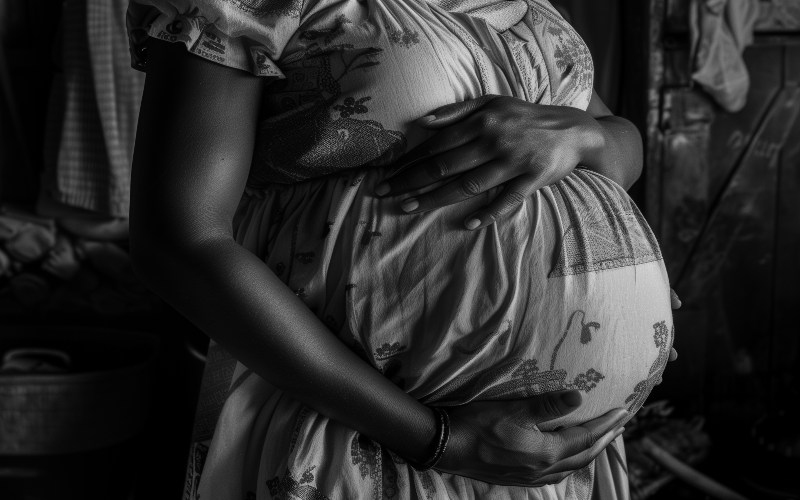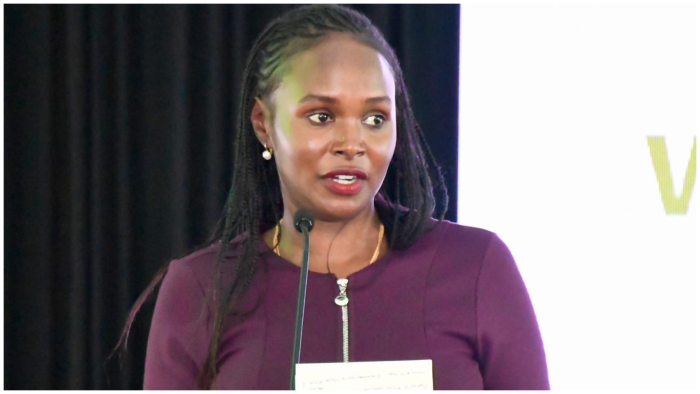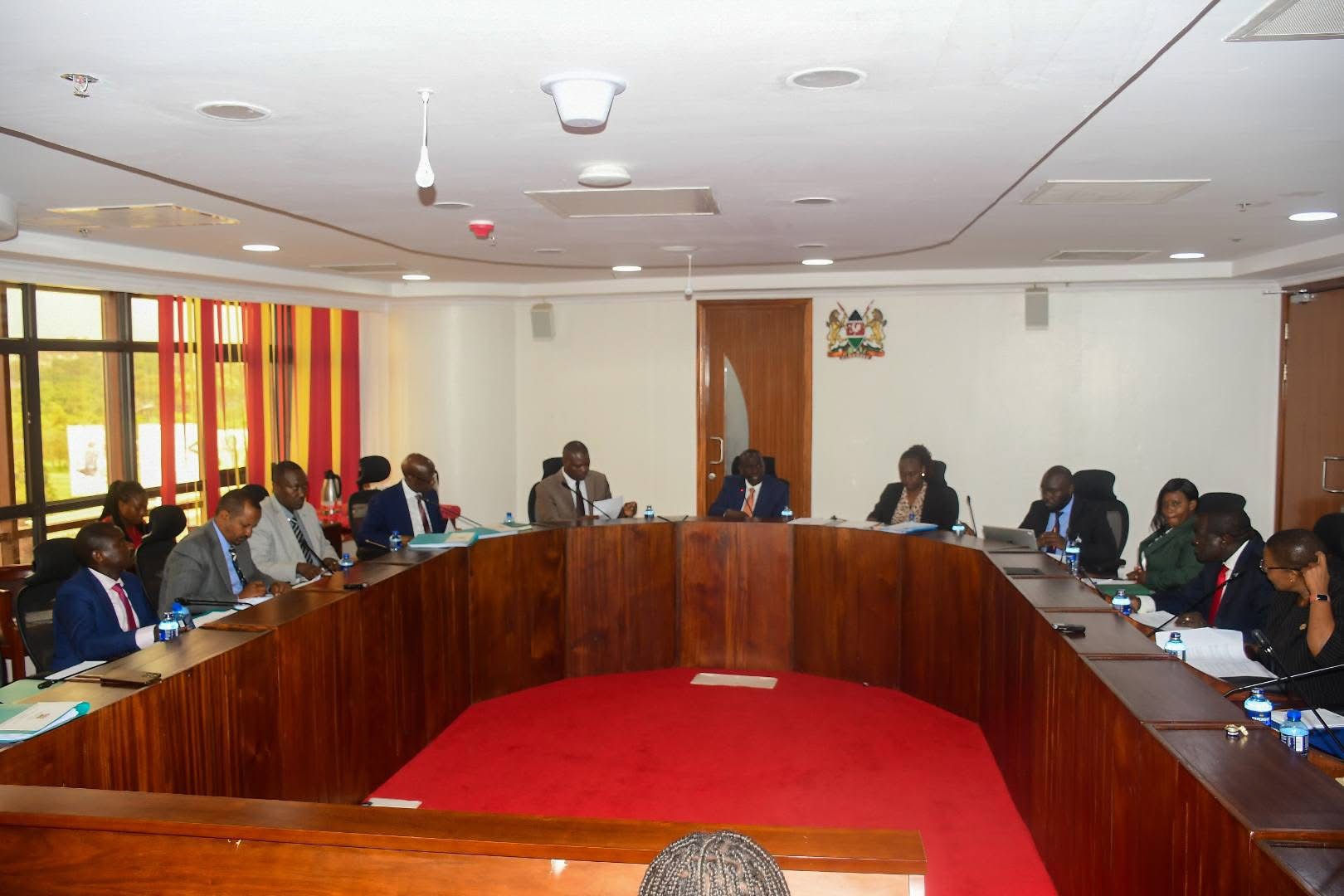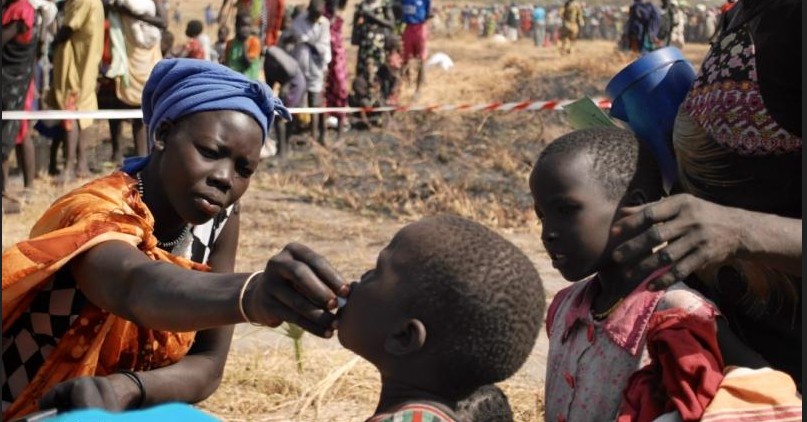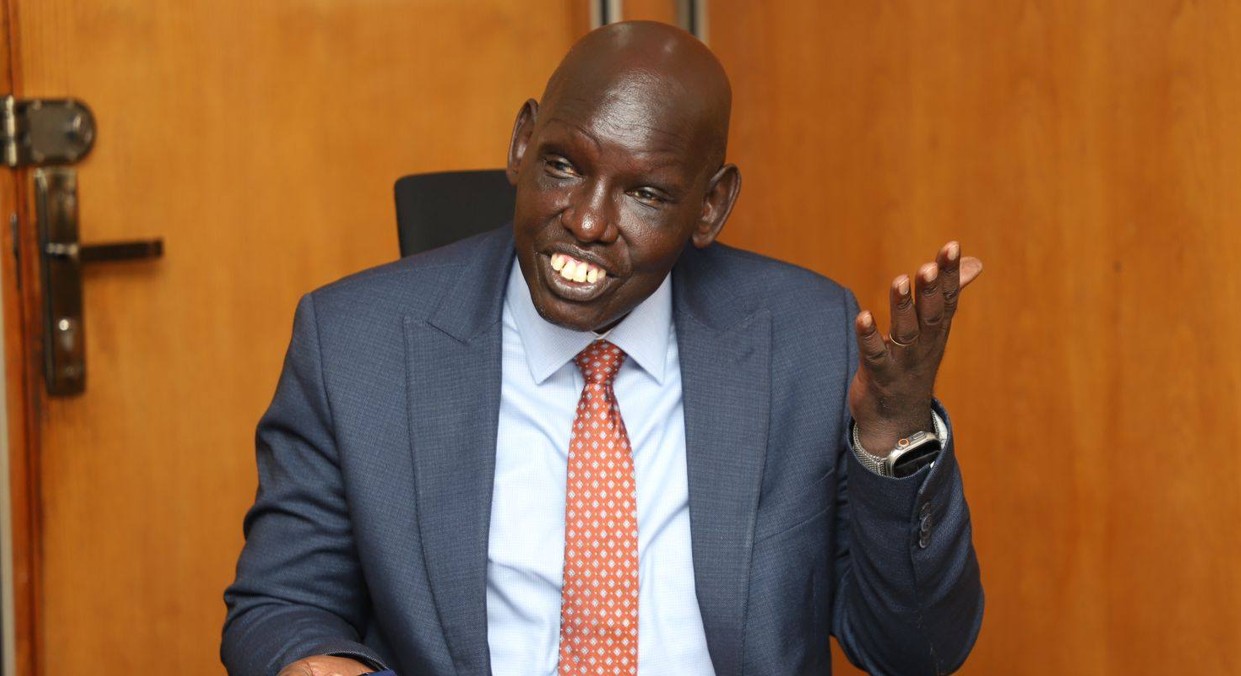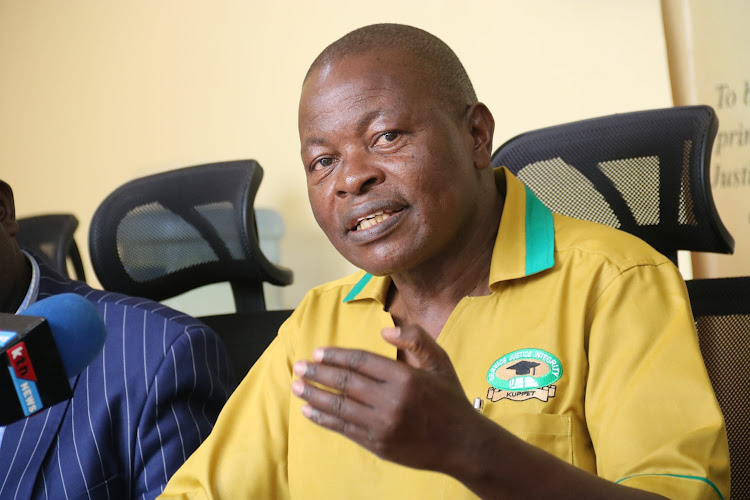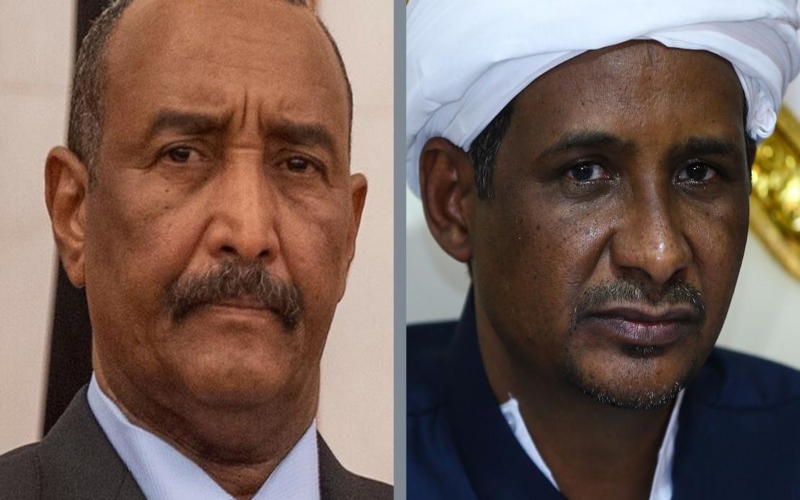Over Sh52B injected into economy through Court Annexed Mediation – CJ Koome
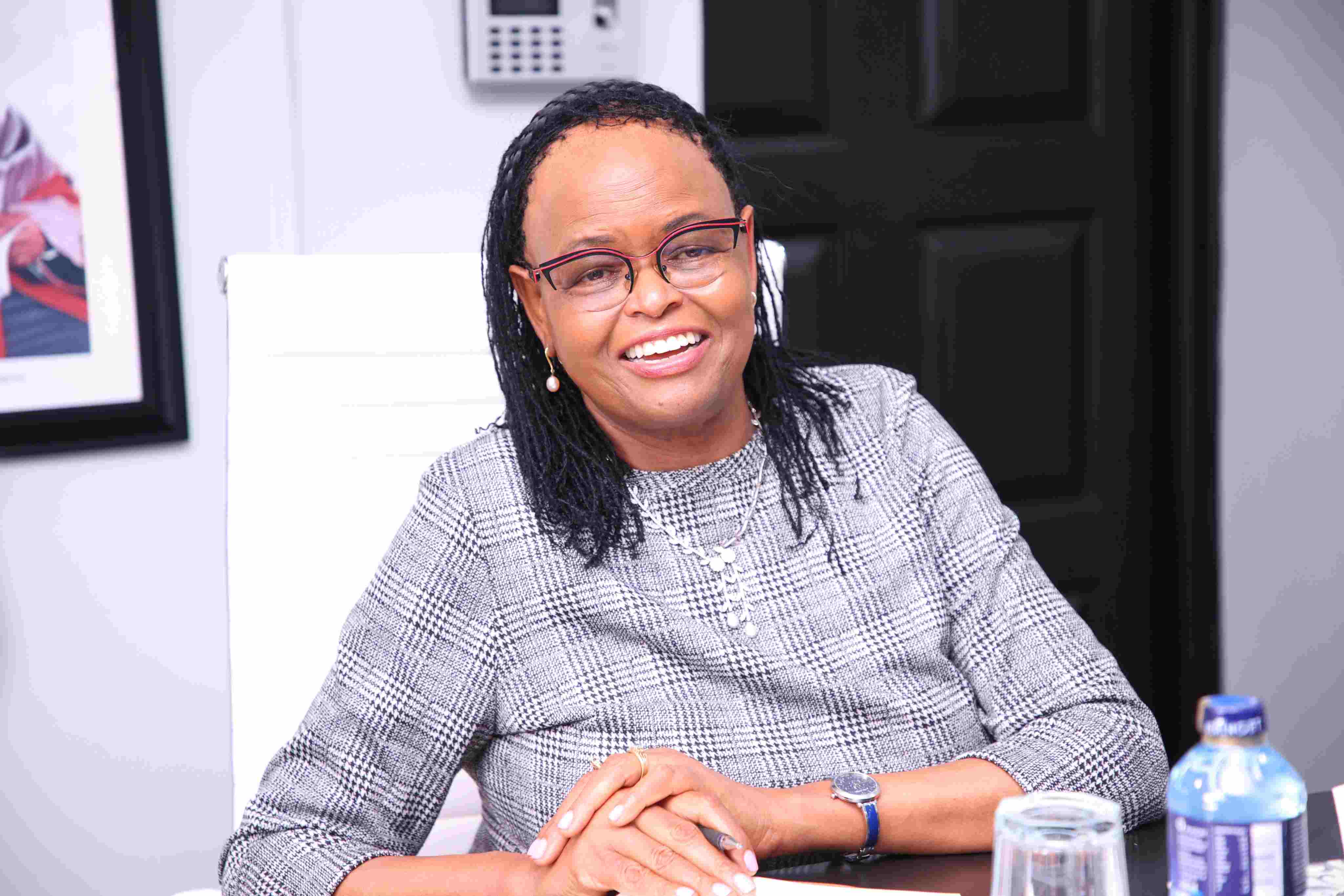
The CJ highlighted that CAM has been implemented in 40 counties, with efforts underway to extend its reach to the remaining seven counties. Sixty Mediation Registries supporting 118 courts have also been established to facilitate the mediation process.
Chief Justice Martha Koome has highlighted the significant impact of Court Annexed Mediation (CAM) on the economy, revealing that approximately Sh52.1 billion has been reintegrated through the swift resolution of cases.
CAM is a form of Alternative Dispute Resolution, which aims to settle cases quickly by referring them to mediation.
More To Read
- CJ Martha Koome pushes back against criticism over parliamentary interference
- CJ Koome roots for AJS to resolve long running land disputes in Mombasa
- CJ Martha Koome defends Judiciary, warns against defiance of court orders
- Supreme Court strikes out petition seeking determination of general election date
- Judiciary calls for budget increase, says Sh20 billion deficit crippling functions
- Judicial Council condemns police brutality, demands action on protest gangs
The cases are resolved with the assistance of court-accredited mediators, usually lawyers who first receive training in mediation.
Out of 18,162 cases referred to CAM, Koome said 16,770 matters have been successfully resolved, boasting a 92.3 per cent conclusion rate.
“The settlement rate has been improving yearly. In the last financial year 2022/23 saw a settlement rate of 51.2 per cent; while in the current year 2023/24, the settlement rate is at 54.98 per cent. In the current financial year, the average case running days is at 73 days,” Koome said.
She said over 400 matters have been referred to mediation in the banking sector alone, since last year’s summit on mediation and banking.
“Since last year’s summit that focused on banking, 446 matters have been referred to mediation and this has seen the release of approximately Sh7 billion back to the economy,” she said.
The CJ highlighted that CAM has been implemented in 40 counties, with efforts underway to extend its reach to the remaining seven counties. Sixty Mediation Registries supporting 118 courts have also been established to facilitate the mediation process.
She indicated that there has been a gradual increase in the number of accredited mediators growing to a total of 1,515 with 832 of them having active status.
“We are actively seized of the challenges relating to timely settlement of mediators fees and I want to use this opportunity to assure you that we are working on long-term solutions to this challenge,” Koome said.
Currently, the second mediation summit will focus on labour relations and is themed: ‘Harmonizing Labour Relations: Fostering Social Justice and Economic Growth Through Mediation.’
Koome said labour relations are inherently complex, woven with the threads of human dignity, economic necessity, and social equity.
She stressed that this balance is critical not just for the well-being of workers and the success of businesses, but for the overall health of our economy and society.
“In a world where industrial disputes can arise as swiftly as the winds change, mediation stands as a beacon of hope - a tool that can transform conflict into consensus, and adversity into opportunity. Mediation in labour disputes is about finding the middle ground where workers' rights and employers' needs coalesce to create a harmonious workplace. It is about ensuring that every voice is heard, every concern is addressed, and every outcome is just,” she said.
According to Koome, a total of 1,929 employment and labour relations matters have been referred to mediation. 1,796 of these matters have since been concluded which translates to a 93.1 per cent conclusion rate.
Further, the settlement rate for employment and labour matters referred to mediation from January 2024 to April 15, 2024, is at 52.21 per cent with the current average case running days for these matters being 36 days.
The CJ underscored that mediation, with its principles of confidentiality, voluntariness, and neutrality, offers a unique avenue for addressing labour disputes.
Top Stories Today
